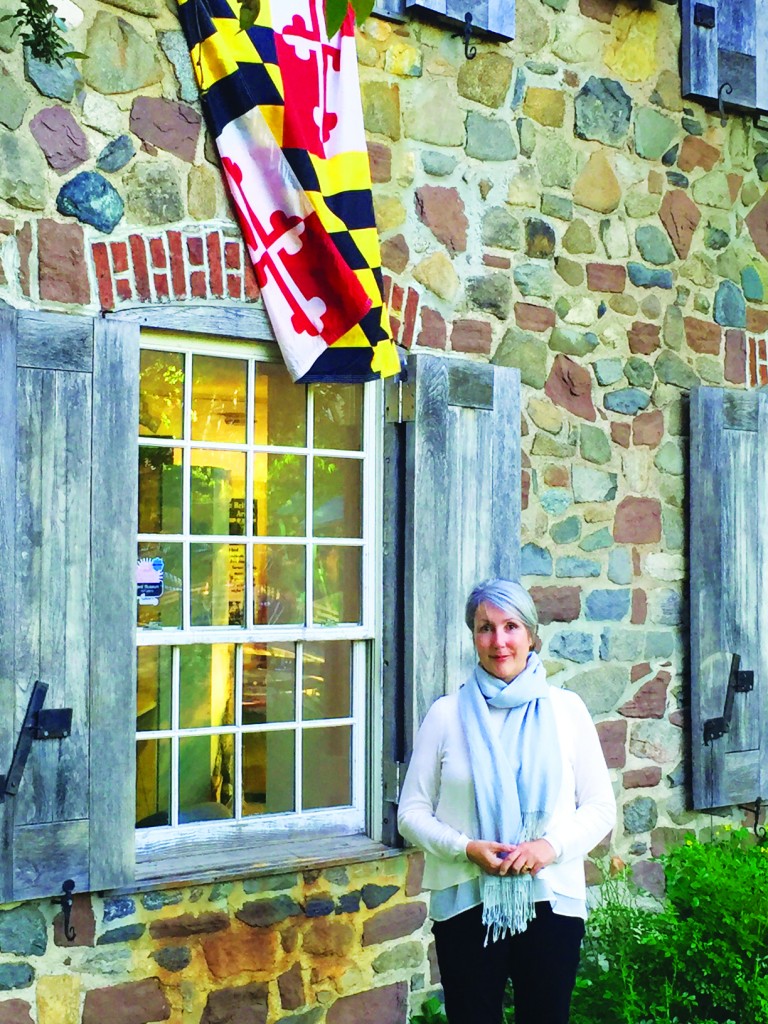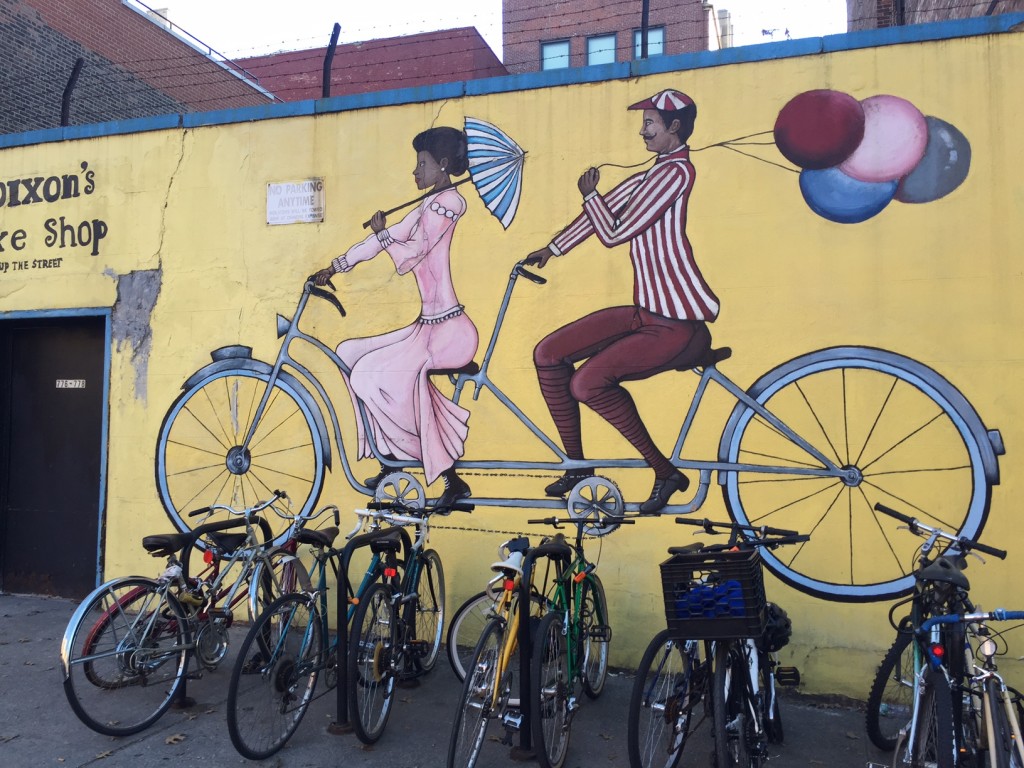The Slope Survey returns for its 5th installment with Martin Medina, owner of Varrio 408 and Rachel’s Taqueria on Fifth Avenue. Medina is commonly hailed as the man who first brought Taquerias to Park Slope. Here, his California dreamin’ helps us kick off summer.
What brought you to Park Slope?
I met a woman.
What is your most memorable Park Slope moment?
That’s so many moments. I’ve been here almost thirty years. There won’t be one, there are just too many—opening up in Park Slope on Seventh Avenue, back in 1990. A good day for you is… Being busy.
Describe your community superpower.
Bringing people together and feeding people. Feeding people is definitely what I’ve done here. If you could change one thing about the neighborhood, what would it be? Put a beach right next to it. Or, subtract winters.
What do you think Park Slope will look like in 10 years? in 20 years?
The same, except around us it’ll be built up.
What were your childhood nicknames?
Marty.
What is your greatest extravagance?
My old 1953 Chevy pickup truck.
If you couldn’t live in Park Slope or in Brooklyn, where would you go?
San Clemente, California.
Who is your hero, real or fictional?
There’s so many of them, but I would say Martin Luther King Jr. is one of my heroes.

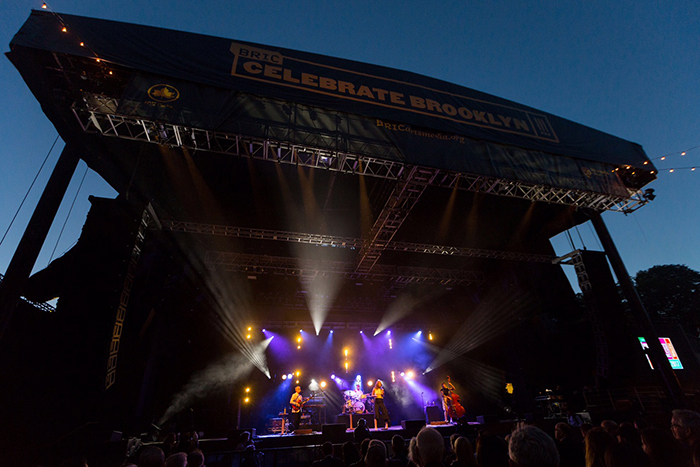
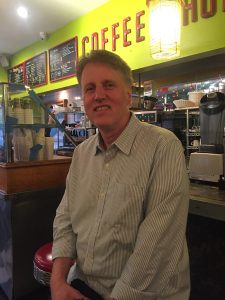 Can you walk us through the process of selecting the lineup for the summer? How is this summer different from other years?
Can you walk us through the process of selecting the lineup for the summer? How is this summer different from other years?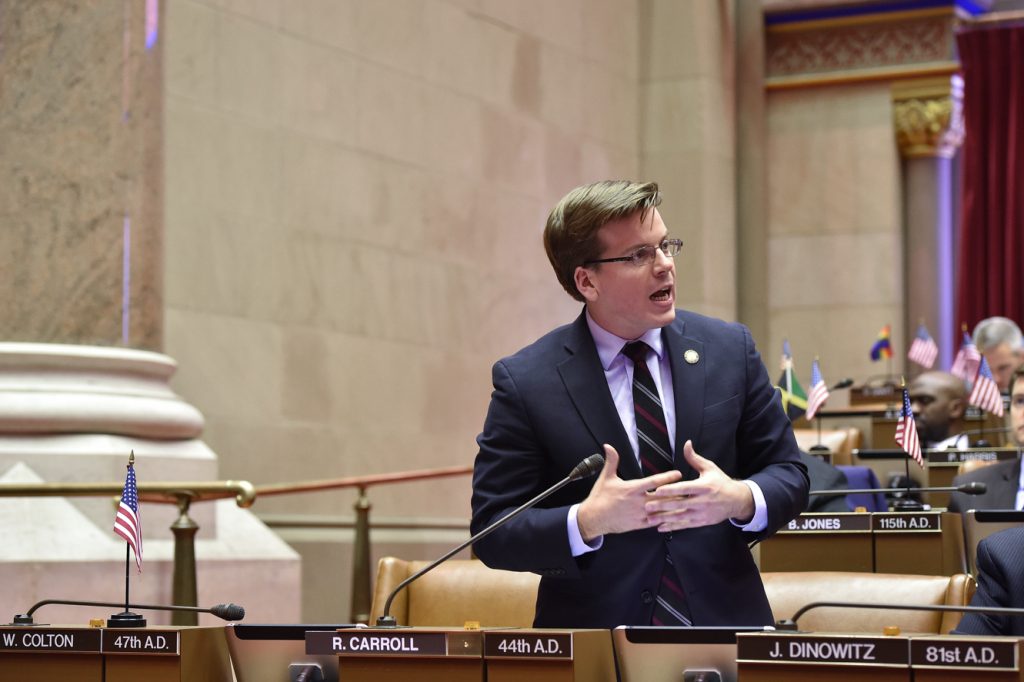
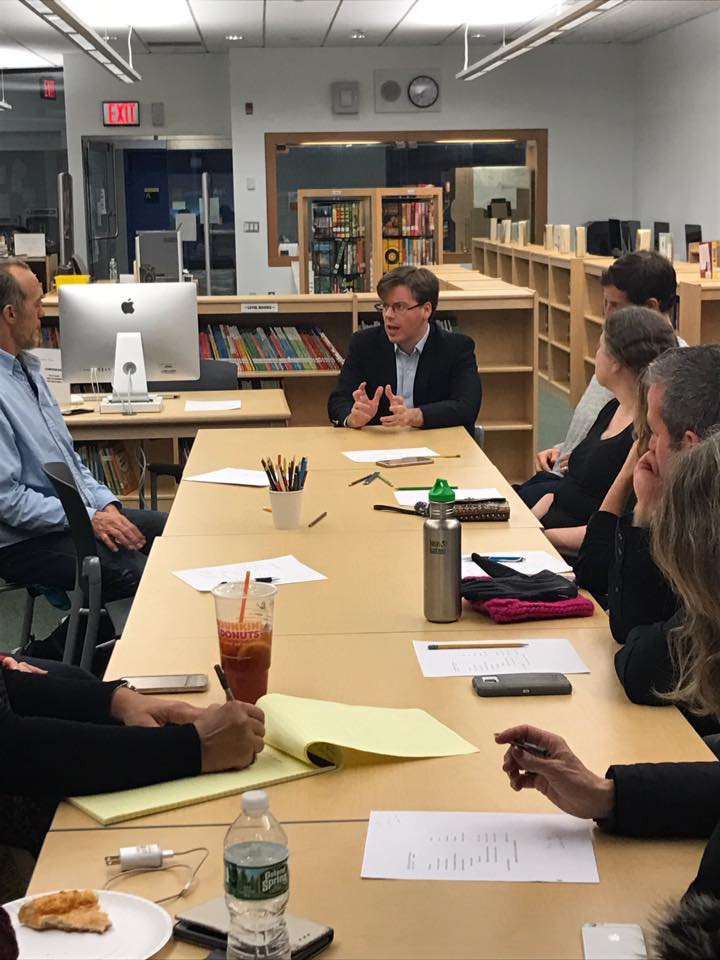
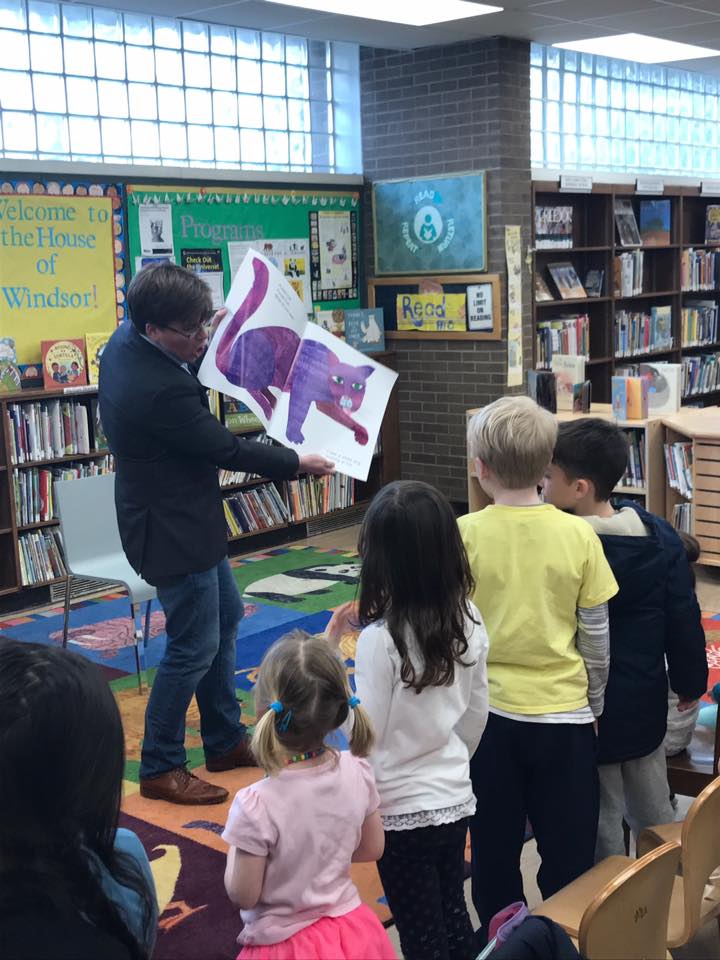
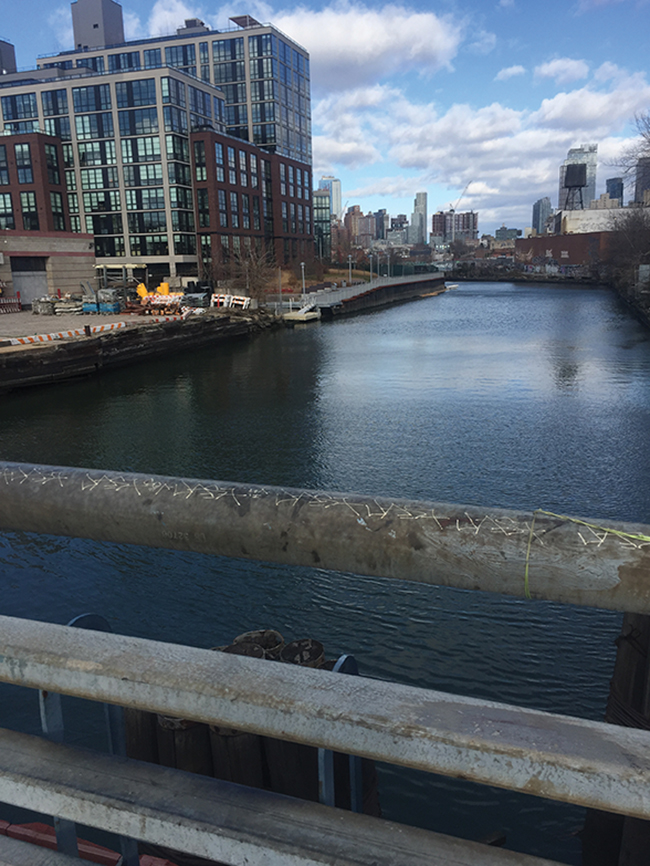
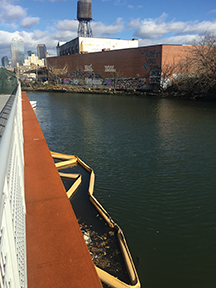
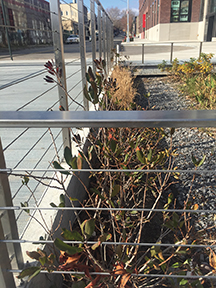
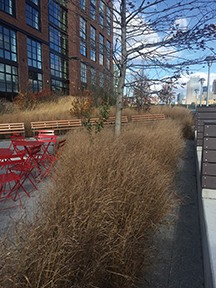
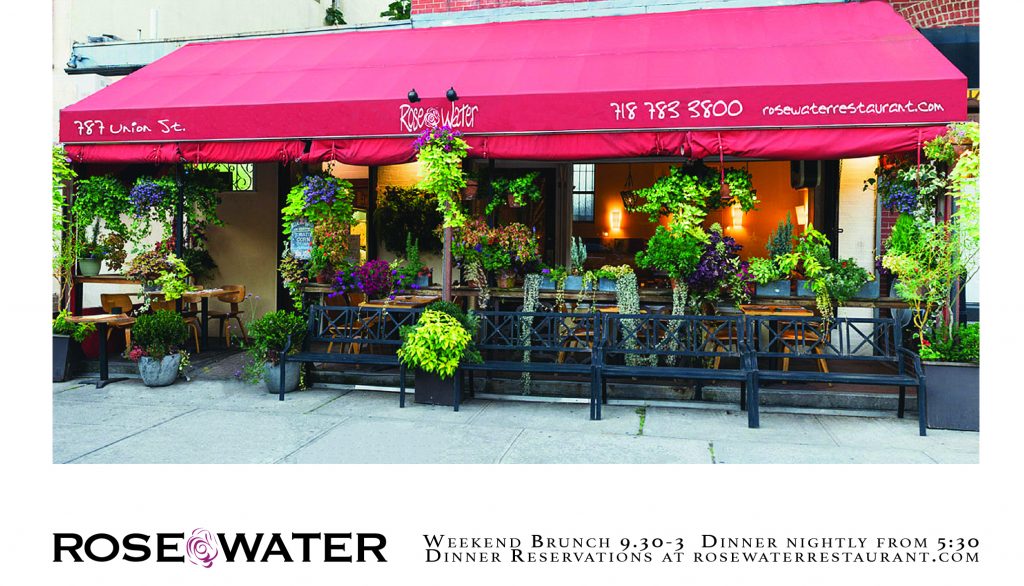
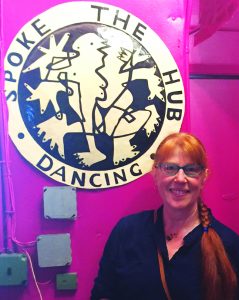 For our second Slope Survey—inspired by Marcel Proust and his eponymous questionnaire—we turned to longtime Park Slope resident and Founder/Director of Spoke the Hub Dancing, Elise Long.
For our second Slope Survey—inspired by Marcel Proust and his eponymous questionnaire—we turned to longtime Park Slope resident and Founder/Director of Spoke the Hub Dancing, Elise Long.